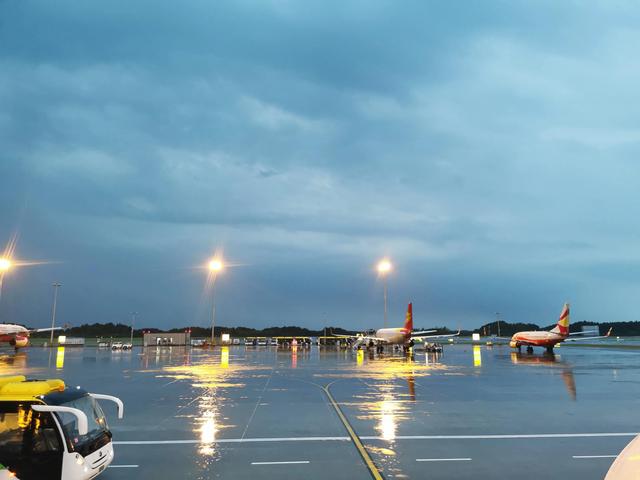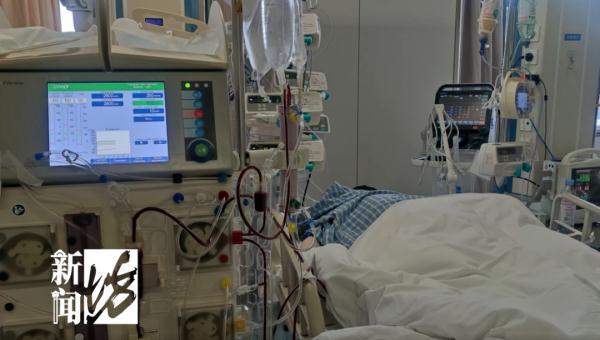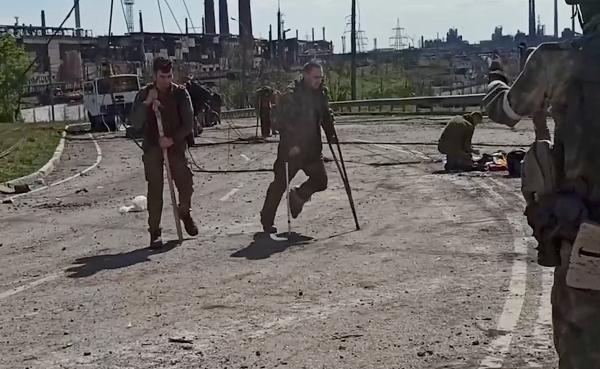母猪产程长的应对措施(母猪过长的脚趾对性能的影响)
育种群母猪死亡率和后备更新率仍然是生产者面临的挑战。繁殖母猪群肢体病是造成死亡、使用寿命缩短和淘汰的主要原因。过度生长的脚趾损害了动物福利,这反过来可能会削弱消费者的信心。
据报道,只有不到10%的哺乳母猪脚趾过度生长(KilBride et al, 2010))。在另一项研究中,包括3,500多头怀孕母猪,超过25%的母猪脚趾有适度过度生长,7%的母猪脚趾严重过度生长(Boyle, 1996)。过度生长的脚趾会对母猪的性能产生负面影响,与正常母猪相比,脚趾过长的母猪在分娩后采食少,迅速采食后遍躺卧下来。
(Calderon Diaz et al., 2015))。此外,Calderon Diaz及其同事(2015年)报告说,脚趾过度生长的母猪有较高的滑倒和体况不稳定的实例。总的来说,这些行为和姿势变化表明母猪可产生更大的应激。除了不适之外,滑倒和快速躺下的行为可能与小猪压死和断奶前死亡率增加有关。
Fitzgerald et al. (2012) 报告说,与正常的母猪相比,脚趾过度生长的母猪窝均产活仔少1.5头。母猪应激、饲料摄入量降低、活仔数量减少和压死仔猪数量增加的总体组合导致母猪性能较差,繁殖群效率下降(Lucia et al., 2000)。
母猪的使用寿命/胎次,也与过度生长的脚趾有关。Knauer et al. (2012)报告说,8%的1胎母猪后脚脚趾过度生长,但在6至10胎之间,这个数字增加到40%。有趣的是,前脚过度生长的母猪淘汰率要低很多,1胎母猪淘汰率为0,而6-10胎母猪淘汰率约5%(Knauer et al., 2012)。

在一项评估收获植物母猪病变的研究中,Knauer et al. (2007) 发现86%(n=3,158)至少有一只脚有病变。此外,52%的母猪前蹄至少有一处病变,81%的母猪后蹄至少有一处病变。同一研究推测,后肢病变的增加可能是由于母猪在妊娠舍的潮湿环境造成的。脚趾过度生长的母猪往往有更大的风险发展成其他足部问题,如脚趾的病变和裂缝,增加了肢体病的概率。
造成脚趾过度生长的另一个因素与脚上的负重有关。母猪大约80%的重量是由外(横向)脚趾的,脚趾上的大部分重量放在脚跟上(Webb,1984)。脚部的重量分布不均匀,可导致脚趾磨损不均匀,从而导致母猪繁殖群中脚趾过度生长。
从组织学上讲,造成脚趾过度生长的因素包括猪的体重,体重受力,创伤,打斗,圈舍类型和两个或两个以上因素之间的相互作用。
显然,过度生长的脚趾对母猪场来说是一个挑战。降低了母猪运动和繁殖性能。此外,还是动物福利问题。当脚趾断裂会导致伤害或肢体病。知道了造成母猪肢体病的原因对未来解决这一问题有重要意义。
Sources: Derek Henningsen, Grace Moeller, Anna Johnson, Locke Karriker, and Ken Stalder, Iowa State University, who are solely responsible for the information provided, and wholly own the information. Informa Business Media and all its subsidiaries are not responsible for any of the content contained in this information asset.
References
Anil, L., K. M. G. Bhend, S. K. Baidoo, R. Morrison, and J. Deen. 2003. Comparison of injuries in sows housed in gestation stalls versus group pens with electronic sow feeders. J. Am. Vet. Med. Assoc. 223:1334–1338. doi:10.2460/javma.2003.223.1334.
Boyle, L., MSc. thesis 1996. Skin Lesions, Overgrown Hooves and Culling Reasons in Individually Housed Sows. University College Dublin, Dublin, Ireland.
Calderón Díaz, J.A., Stienezena, I.M.J., Leonard, F.C., Boyle, L.A., 2015. The effect of overgrown claws on behaviour and claw abnormalities of sows in farrowing crates. Applied Animal Behaviour Science 166, 44-51.
Fitzgerald, R.F., Stalder, K.J., Karriker, L.A., Sadler, L.J., Hill, H.T., Kaisand, J., Johnson, A.K., 2012. The effect of hoof abnormalities on sow behavior and performance. Livestock Science 145, 230–238.
KilBride, A.L., Gillman, C.E., Green, L.E., 2010. A cross-sectional study of prevalence and risk factors for foot lesions and abnormal posture in lactating sows on commercial farms in England. Anim. Welf. 19, 473–480.
Knauer, M., K. J. Stalder, L. Karriker, T. J. Baas, C. Johnson, T. Serenius, L. Layman, and J. D. McKean. 2007. A descriptive survey of lesions from cull sows harvested at two Midwestern U.S. facilities. Prev. Vet. Med. 82:198–212. doi:10.1016/j.prevetmed.2007.05.017.
Knauer, M., Stalder, K., Baas, T., Johnson, C., Karriker, L., 2012. Physical conditions of cull sows associated with on-farm production records. Open Journal of Veterinary Medicine, 2012, 2, 137-150.
Lisgara, M., Skampardonis, V., Kouroupides, S., Leontides, L., 2014. Hoof lesions and lameness in sows in three Greek swine herds. Journal of Swine Health and Production. 23, 5, 244-251.
Lucia, T., Dial, G.D., Marsh, W.E., 2000. Lifetime reproductive and financial performance of female swine. J. Am. Vet. Med. Assoc. 216, 1802–1809.
Newman, S.J., Rohrbach, B.W., Wilson, M.E., Torrison, J., Van Amstel, S., 2014. Characterization of histopathological lesions among pigs with overgrown claws. Journal of Swine Health and Production. 23, 2, 91-96.
Pluym, L., A. Van Nuffel, J. Dewulf, A. Cools, F. Vangroenweghe, S. Van Hoorebeke, and D. Maes. 2011. Prevalence and risk factors of claw lesions and lameness in pregnant sows in two types of group housing. Vet. Med. (Praha). 56:101–109. doi:10.17221/3159-VETMED.
Pluym, L., A. Van Nuffel, and D. Maes. 2013b. Treatment and prevention of lameness with special emphasis on claw disorders in group-housed sows. Livest. Sci. 156:36–43. doi:10.1016/j.livsci.2013.06.008.
Sasaki, Y., R. Ushijima, and M. Sueyoshi. 2015. Field study of hind limb claw lesions and claw measures in sows. Anim. Sci. J. 86:351–357. doi:10.1111/asj.12299.
Tinkle, A. K., K. J. Duberstein, M. E. Wilson, M. A. Parsley, M. K. Beckman, J. Torrison, M. J. Azain, and C. R. Dove. 2017. Functional claw trimming improves the gait and locomotion of sows. Livest. Sci. 195:53–57. doi:10.1016/j.livsci.2016.10.013.
Webb, N. G. 1984. Compressive stresses on, and the strength of the inner and outer digits of pigs’ feet, and the implications for injury and floor design. J. Agric. Eng. Res. 30:71–80. doi:10.1016/S0021-8634(84)80008-6
,免责声明:本文仅代表文章作者的个人观点,与本站无关。其原创性、真实性以及文中陈述文字和内容未经本站证实,对本文以及其中全部或者部分内容文字的真实性、完整性和原创性本站不作任何保证或承诺,请读者仅作参考,并自行核实相关内容。文章投诉邮箱:anhduc.ph@yahoo.com






